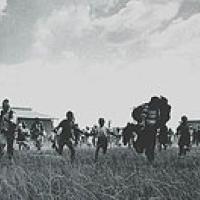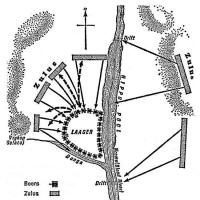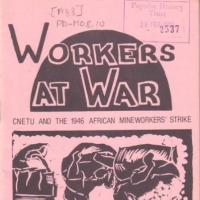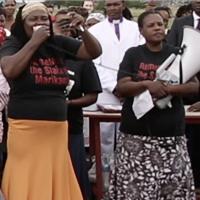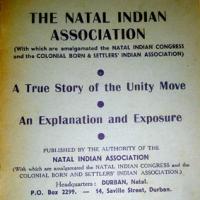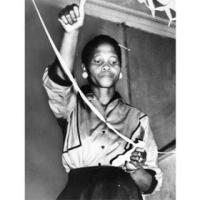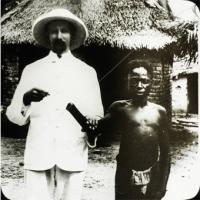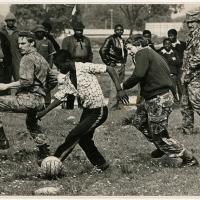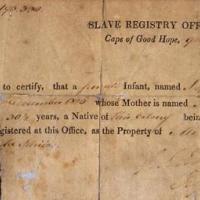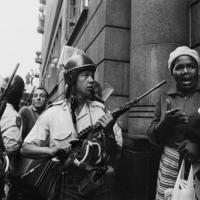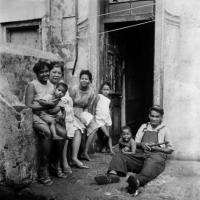The mayor of Cape Town, Thomas Ball, laid the cornerstone of the City Hall on 29 August 1900, but the Hall was only opened in 1905. It was designed by architects Reid and Green from Johannesburg and was built in Italian Renaissance style, one of the last major Victorian buildings to be erected in Cape Town.
Cape Town City Hall is one of our oldest and most central public spaces and home to the Cape Philharmonic Orchestra.
One of the organisers of the 1956 Women's March, Lilian Ngoyi
